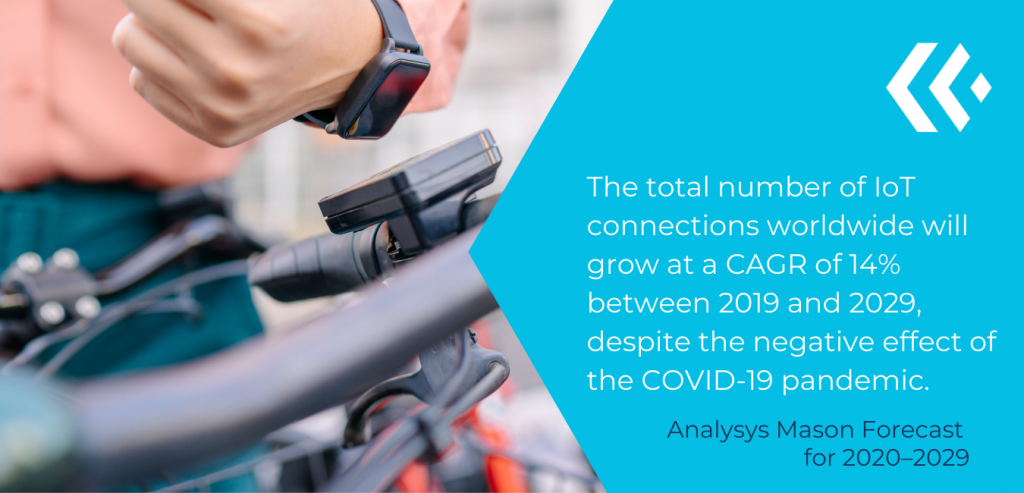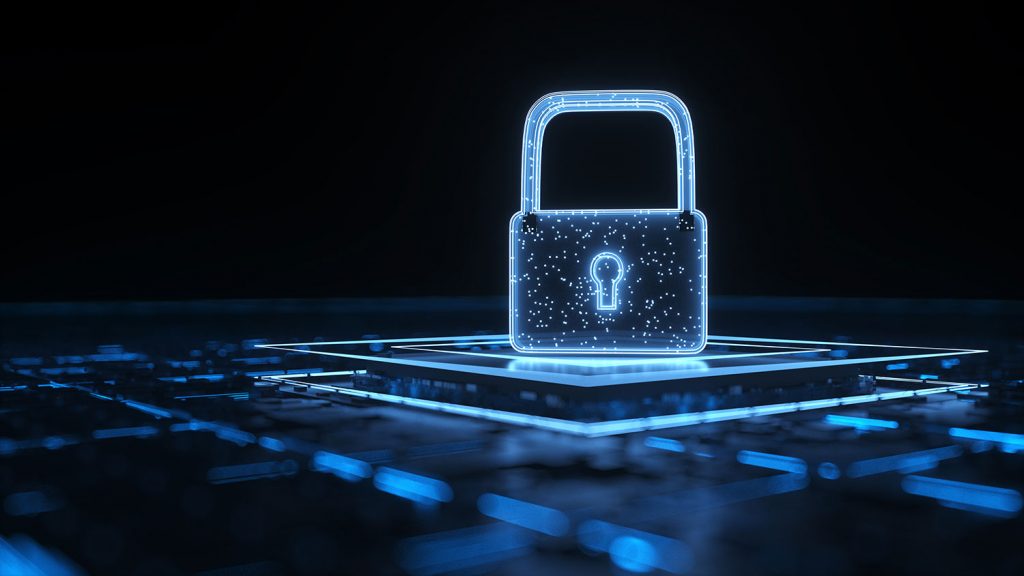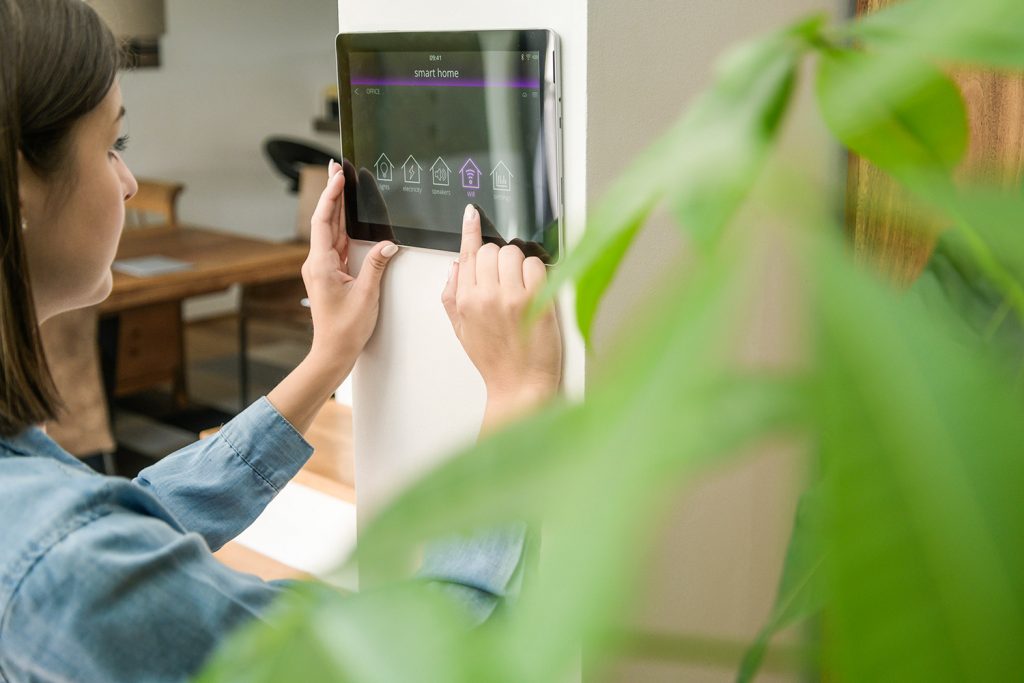
- Resources
- Blog
How has eSIM technology helped us through the pandemic – IoT Heroes
Although experts are divided on the long-term effect of COVID-19 to the IoT sector’s compound annual growth (CAGR), the consensus is that the pandemic initially slowed the manufacturing, distribution and implementation of IoT projects that resulted in a decrease in the net addition of IoT devices in the short-term. Recent research by ETR suggests a 4% drop in IT/IoT budgets (this data was assembled in the early days of the crisis).
The pandemic has affected some sectors more than others. According to Analysis Mason, the growth in the number of automotive connections was almost 10% lower in 2020 than what was expected. You will have no doubt seen the chip shortages, with the automotive sector being most publicized, though the semiconductor shortage has pervasive impact on all electronics supply chains.



At the same time, there have been IoT heroes too – solutions that have seen acceleration and helped us mitigate the devastation by providing remote access, enforce social distancing and protect the vulnerable. In a matter of weeks, working practices changed at most businesses, with many digital initiatives seeing intensification including remote communications and asset management. And interestingly, many of these IoT solutions are supported by the humble eSIM technology that helps overcome the many drawbacks of the traditional SIMs, opens a new world of possibilities for enterprises, OEMs and consumers, and enables a whole host of innovations that can be deployed remotely. Let’s have a look at some industries that benefitted from IoT and how eSIM technology is underpinning the new-normal.
Remote healthcare – from exception to the norm
There has been a surge in demand for remote patient monitoring solutions during the pandemic. They allowed patients to be monitored and even treated from home rather than in overburdened hospitals and healthcare clinics that lacked resources and presented the risk of physical contact.
Medical IoT devices such as smart wearables (intelligent thermometers, etc.) and their supporting software applications monitor patients from afar, and provide alerts to changes in vital signs, which can be followed by remote consultation and support. Medical professionals can create personalized health plans, carry out remote visits and consultations with patients. They even carry out remote surgery should an emergency arise. The application of IoT technologies in medical use cases has resulted in better medical care over broader geography. For instance, The Stanford Children’s Health Hospital was previously carrying out just 20 digital visits a day. Thanks to the integration of telehealth, it is now caring for 620 patients daily.
Newsletter Sign-up// – Light Gray Inline
Sign-up for our newsletter to receive the latest from Kigen.
Connected public safety – a MUST in uncertain times
Whether it is early detection of those affected, crowd management or contact tracing, various IoT solutions have been proposed, or indeed implemented, to support public safety management during the pandemic. IoT devices such as smart glasses or helmets with thermal sensors can help identify the people suspected for COVID-19 without needing to come in close contact with them. The implementation of AI and ML models means that devices can infer and update their decisions based on contextual data and make decisions that better safeguard public health in real-time.
Logistics/Supply chain visibility – new ways of working and living
The disruption caused in our supply chains barely left the headlines in early 2020. Luckily, adversity proved to be the mother of invention and logistics companies distributing everything from toilet rolls to medical supplies, most of whom were already key adopters of IoT technology, leveraged the technology even more than before.



Remote deliveries by autonomous vehicles (AV) linked to an IoT platform carried out deliveries on our behalf while mitigating the risk of virus transmission. Various countries have deployed fleets of IoT-enabled drones to distribute home testing kits, PPE, medicines and other vital medical supplies to remote locations, safely and without friction. One such example is cold chain logistics monitored by connected sensors ensuring that medical supplies (including Covid-19 vaccines) enjoyed 99% availability in Indian health centers.
Smart(er) cities – not a fad but a need
According to Gartner, the IoT has a vital role to play in our post-Covid cities. A shift towards frictionless, safety-oriented, resilient communities will continue long after administering the final vaccine.
“This will drive IoT deployment in smart cities but won’t change the long-existent challenges when cities look to scale up these deployments . . . [as] technical complexity and immaturity, security or privacy challenges and integration challenges are the biggest barriers in scaling IoT activities.”- Gartner
Reliance upon an overarching data platform became essential with the city-state of Singapore leveraging IoT-based smart facilities management and surveillance to ensure urban environments remained safe and habitable. The Singaporean Government was not alone. New York, Boston and Chicago use the pandemic as a fresh impetus for their IoT municipal testbed.
Some of this processing is taking place at the network’s edge. For instance, the city of Austin is seeing autonomous solutions being deployed at the edge, with a scalable architecture that can expand into other states. The city’s infrastructure is being peppered with sensors promoting better traffic management, autonomous driving and bridge inspections, and even drones that can respond to 911 calls.
Smart buildings – safe indoors
We know the benefits of smart sanitizers that notify the facilities manager when depleted. Or the benefits of more intelligent HVAC systems that not only improve air quality but also reduce energy consumption when those offices remain only half-utilised in our new hybrid workspaces.
But it’s the scale and diversity of sensors that can be deployed in buildings that could make them living environments. Contextual data that continually improve the performance and safety of a space through machine learning that never stops. Imagine a fully connected space where computer vision and thermal imaging detect someone with Covid symptoms entering the building. It then verifies today’s outside temperature against the internal HVAC system, revokes access privileges at the turnstile, and notifies autonomous cleaning bots to sanitize the area.
eSIM is helping get the number of IoT deployments back on track
The ubiquity and reliability of cellular technology has been key to the IoT regaining that lost momentum – particularly in use cases like cold chain monitoring and remote healthcare. Unfortunately, the pandemic has exacerbated challenges with traditional SIM technology. Both enterprises and device OEMs experience difficulties with their cellular IoT devices and deployments. OEMs require individual SIMs for specific regions. Enterprises often struggle to conduct site visits to provision or maintain a global estate of SIMs. Plus, there are concern of lock-ins – having to negotiate new network contracts during the device’s lifetime.



As we can see, necessity is the mother of invention and the inability to physically provision in person has seen more people leverage the remote provisioning capabilities and the embedded trust rooted in eSIM. It may be why the number of eSIM installations is predicted to rise significantly, reaching 3.4 billion by 2025.
Raising benefits of eSIM with our partners
Our partner Sierra Wireless has played its part in the timely response through its ready-to-connect IoT modules incorporating eSIMs. What’s remarkable is that the entire portfolio comes with eSIM, enabled by Kigen OS and pre-connected to global mobile networks that help to overcome the complexities of connecting IoT products, services, and cellular technologies. This allows OEMs to bring IoT devices to market faster and ease the path to IoT for enterprises as devices can connect over the air, anytime, anywhere, eliminating individual device provisioning and reducing the total cost of ownership. Such a requirement has never been more pressing than in the most recent crisis, especially when it comes to products that directly were needed to support the accurate tracking of essential goods and services. Equipment manufacturer iSWIP used Sierra Wireless’ HL7800 R2C module to help accelerate the development of their LPWA asset tracking solution reducing the development time to weeks. Another great example is Simple Group, which selected RC7620 R2C Module for its ease of configuration, security and scalability when developing its sanitization solution for hotels and offices.
In conclusion
Many positives can be drawn from disruption and the innovations born out of the need for smarter, secure, frictionless solutions that require digitalization and remote automation. eSIM technology has played a key role in this transformation while reducing the complexity and operational costs for OEMs and enterprises, globally solving real-world problems in a timely manner. See more examples and discussion on eSIM technology’s societal benefits through the pandemic in our virtual partner program re-cap from MWC’21.


